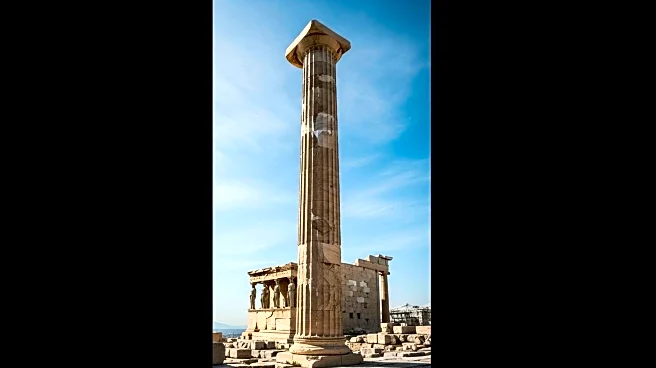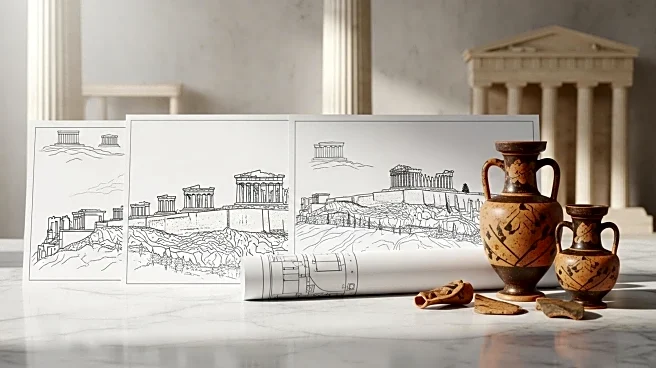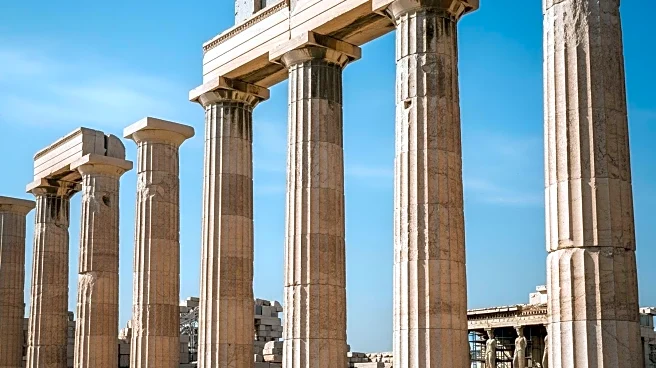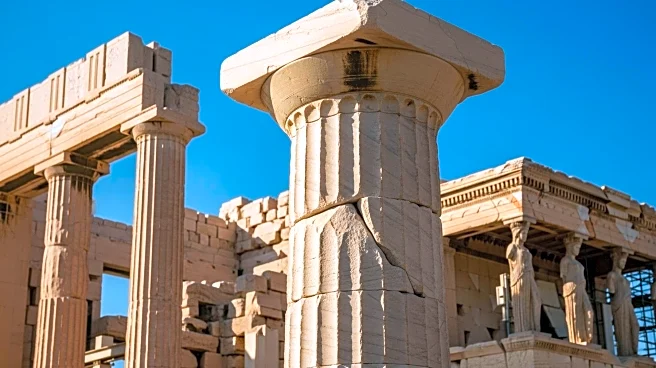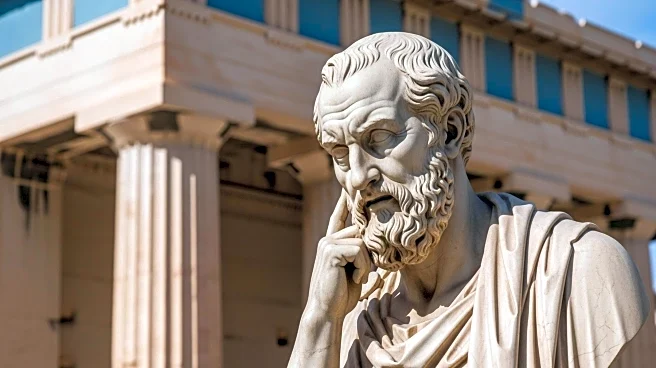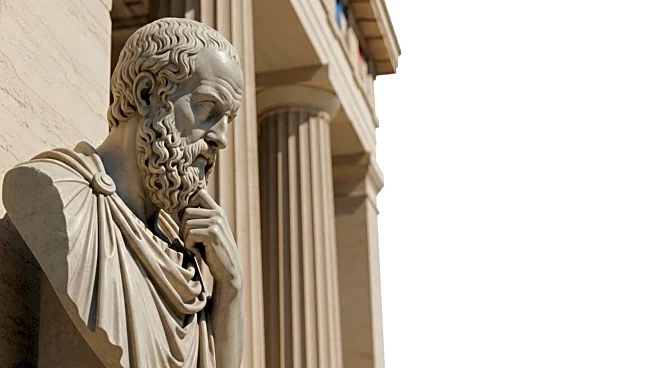What is the story about?
The Acropolis of Athens, a symbol of ancient Greek civilization, was created through the vision and leadership of influential figures like Pericles. As a center of religious and political activities, the Acropolis reflects the architectural and cultural achievements of ancient Greece. Its creation required strategic planning and coordination, showcasing the leadership qualities that contributed to its enduring legacy.
Founding or Discovery
The Acropolis was established in the 5th century BC as a religious center dedicated to the goddess Athena. The site was chosen for its strategic location on a rocky outcrop above Athens, providing a vantage point for defense and a prominent location for religious activities.Key Contributors
The construction of the Acropolis was led by influential figures like Pericles, who oversaw the development of its iconic structures. Skilled craftsmen and architects worked together to create the Parthenon, the Erechtheion, and the Temple of Athena Nike, showcasing the advanced engineering and artistic skills of the ancient Greeks.Design or Method
The architectural design of the Acropolis reflects the strategic vision of its creators, who sought to create a lasting symbol of Athenian power and culture. The site was built using local materials, including marble from nearby quarries, showcasing the resourcefulness and ingenuity of its creators.Early Reception
The Acropolis was well-received by the people of Athens, serving as a center for religious and political activities. Its iconic structures became symbols of Athenian power and culture, attracting visitors and inspiring architects and artists throughout history.AI Generated Content
Do you find this article useful?
